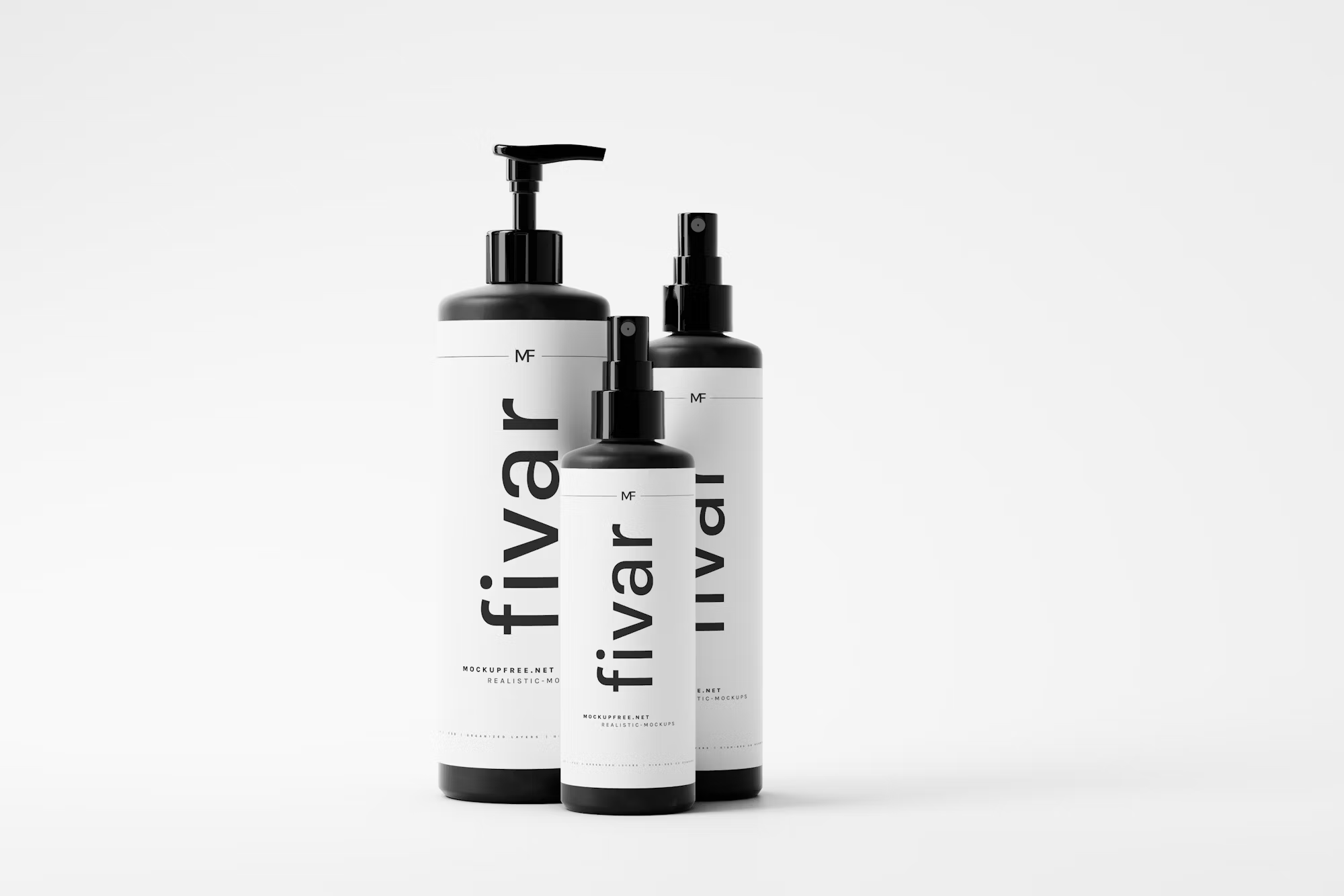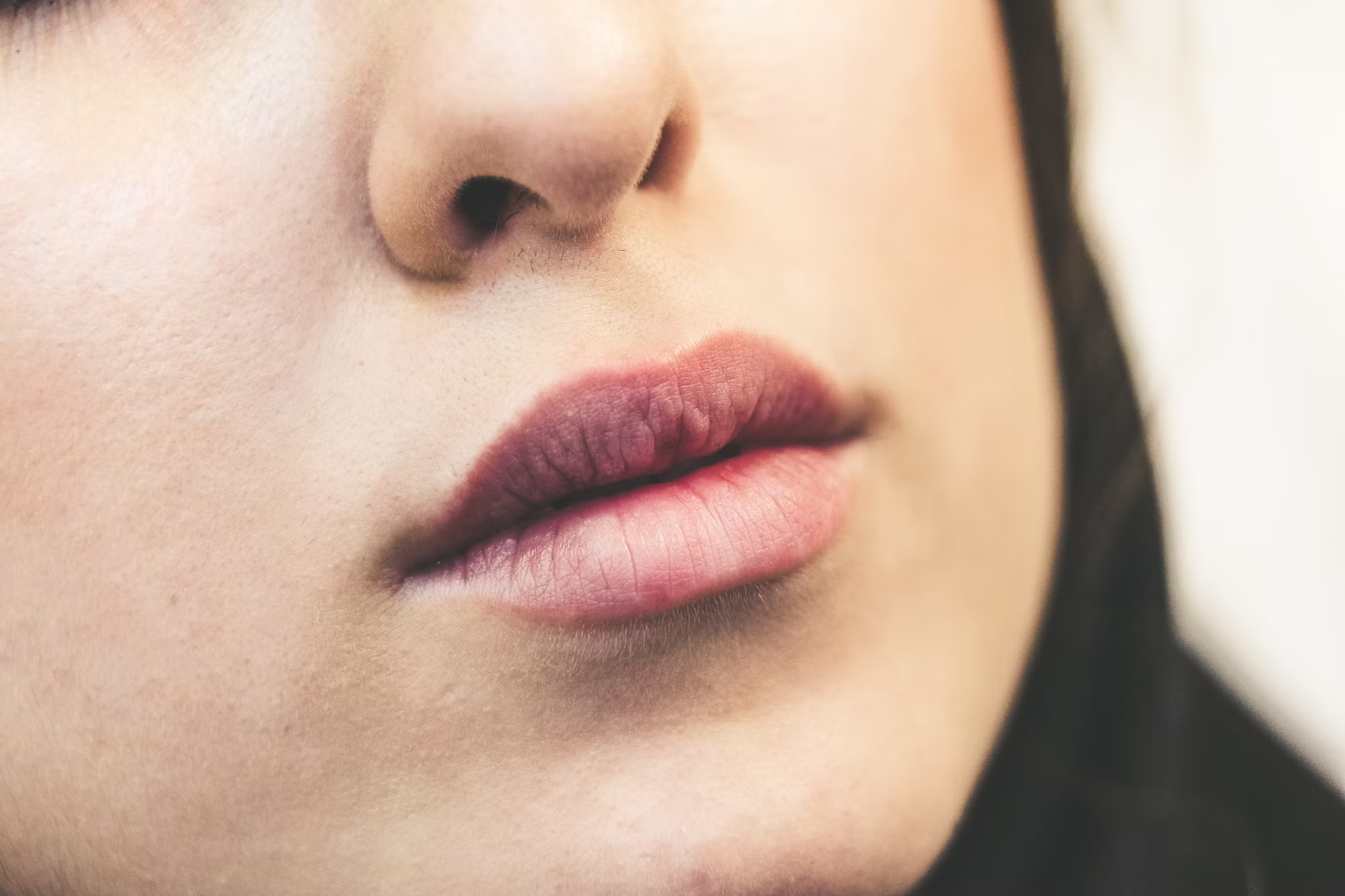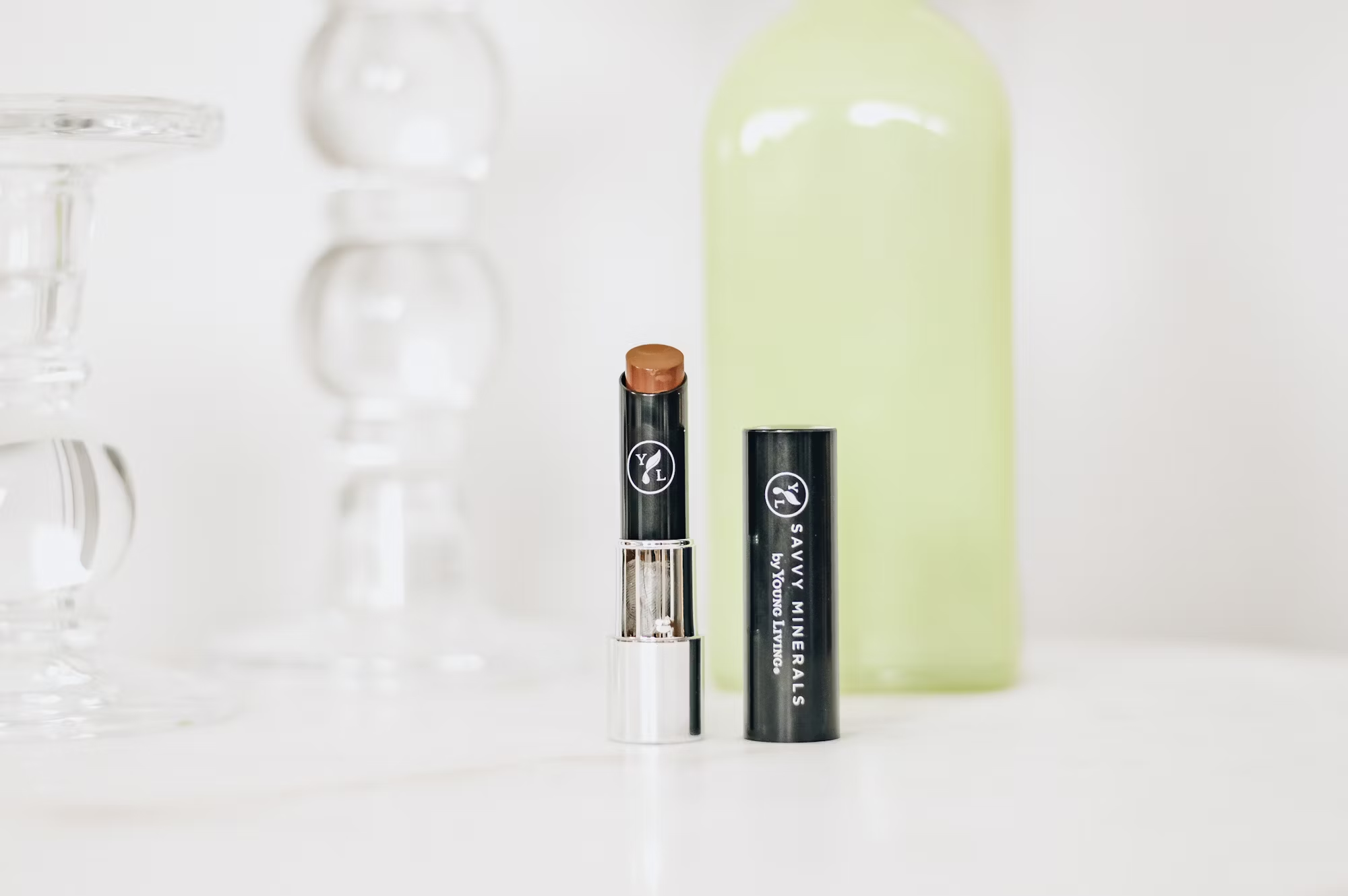Creating an effective skincare routine is key to achieving and maintaining healthy, radiant skin. With countless products available, it can be overwhelming to determine the right steps to incorporate into your daily regimen. This article breaks down the essential steps for a comprehensive skincare routine, ensuring that you address your skin’s unique needs.
Step 1: Cleansing – The Foundation of Skincare
Cleansing is the first and most important step in any skincare routine. It removes dirt, makeup, oil, and impurities that accumulate on your skin throughout the day. Selecting the right cleanser is crucial, as it prepares your skin for the next steps. Different cleansers cater to various skin types and concerns.
Foaming cleansers are great for oily skin, as they effectively remove excess oil and provide a deep clean. Gel cleansers are versatile and suitable for all skin types, offering a refreshing feel. Cream cleansers are ideal for dry or sensitive skin, as they cleanse without stripping moisture. Micellar waters are gentle options that can remove makeup and impurities without the need for rinsing.
To cleanse effectively, use lukewarm water and apply the cleanser with gentle circular motions. Rinse thoroughly and pat your face dry with a clean towel. This step sets the stage for your skincare products to work more effectively.
Step 2: Exfoliation – Revitalizing Your Skin
Exfoliation is a crucial step that helps remove dead skin cells, promoting cell turnover and enhancing skin texture. Regular exfoliation can prevent clogged pores and improve your skin’s overall appearance. There are two main types of exfoliants: physical and chemical.
Physical exfoliants contain granules or beads that manually scrub away dead skin. While effective, they should be used sparingly to avoid irritation. Chemical exfoliants, on the other hand, utilize acids such as AHAs (alpha hydroxy acids) and BHAs (beta hydroxy acids) to dissolve dead skin cells. AHAs are water-soluble and are ideal for dry or sun-damaged skin, while BHAs are oil-soluble and work best for oily or acne-prone skin.
Incorporate exfoliation into your routine 1-2 times a week, depending on your skin’s sensitivity. Be sure to follow up with a soothing moisturizer to keep your skin hydrated.
Step 3: Toning – Balancing and Hydrating
Toners play an essential role in your skincare routine, as they help restore your skin’s pH balance after cleansing and remove any remaining impurities. They also prepare your skin for better absorption of subsequent products. Choosing the right toner depends on your skin type.
Alcohol-free toners are gentle and hydrating, making them suitable for sensitive skin. Hydrating toners often contain ingredients like rose water or aloe vera, providing an extra layer of moisture. Exfoliating toners contain mild acids that refine pores and improve texture, making them great for oily or acne-prone skin.
Apply toner with a cotton pad or gently pat it onto your skin with your hands. This step not only hydrates but also helps tighten and refine your pores.
Step 4: Serums – Targeted Treatment
Serums are highly concentrated formulations that target specific skin concerns such as hydration, brightening, or anti-aging. With smaller molecules, serums penetrate deeper into the skin, delivering potent active ingredients where they’re needed most.
When selecting a serum, consider your primary skin concerns. For hydration, look for serums containing hyaluronic acid. If you’re focused on brightening, vitamin C serums are an excellent choice, helping to even out skin tone and boost radiance. Anti-aging serums often feature retinol or peptides, which stimulate collagen production and improve skin elasticity.
Apply serums after toning, using gentle upward motions. A few drops are usually sufficient for your entire face, allowing the serum to absorb fully.
Step 5: Moisturizing – Locking in Hydration
Moisturizers are essential for maintaining your skin’s hydration levels and providing a protective barrier against environmental stressors. They help prevent moisture loss and keep your skin plump and healthy. Choose a moisturizer based on your skin type and preferences.
For oily skin, lightweight gel moisturizers work well, offering hydration without a greasy feel. Cream moisturizers are ideal for dry skin, providing rich hydration and nourishment. If you have combination skin, a lotion that balances hydration and oil control is a great option.
Apply your moisturizer in gentle upward strokes, ensuring that it covers your entire face and neck. This step helps to seal in the benefits of the previous products while keeping your skin hydrated throughout the day.
Step 6: Sunscreen – Daily Protection
One of the most crucial steps in any skincare routine is applying sunscreen. Protecting your skin from harmful UV rays is vital for preventing premature aging and maintaining an even skin tone. Look for broad-spectrum sunscreens with an SPF of 30 or higher.
Incorporate sunscreen into your morning routine, applying it generously to your face and neck. Reapply every two hours, especially if you’re spending extended time outdoors. This step is essential for maintaining skin health and preventing sun damage.
Step 7: Eye Cream – Caring for the Delicate Area
The skin around the eyes is thinner and more delicate than the rest of your face, making it prone to concerns such as dark circles, puffiness, and fine lines. Eye creams are formulated specifically to address these issues, often containing ingredients like caffeine, peptides, and hyaluronic acid.
Apply a small amount of eye cream gently using your ring finger, as it exerts the least pressure. This step helps to brighten the area and provide hydration, contributing to a more youthful appearance.
Step 8: Masks – Pampering Your Skin
Incorporating masks into your skincare routine can provide targeted treatments for specific concerns, such as hydration, detoxification, or brightening. Masks come in various forms, including sheet masks, clay masks, and overnight masks.
Sheet masks are infused with serums that hydrate and nourish the skin, making them perfect for a quick boost. Clay masks are excellent for oily or acne-prone skin, as they help absorb excess oil and purify pores. Overnight masks offer intensive treatment while you sleep, allowing ingredients to penetrate deeply for maximum effect.
Use masks once or twice a week to complement your regular routine and address specific skin needs.
Conclusion: Tailoring Your Routine for Optimal Results
Establishing an effective skincare routine requires time and experimentation to find what works best for your skin. By following these essential steps—cleansing, exfoliating, toning, applying serums, moisturizing, using sunscreen, caring for your eye area, and incorporating masks—you can create a regimen that promotes healthy, radiant skin.
Remember, consistency is key, and it’s important to listen to your skin’s needs. Adjust your routine as necessary based on seasonal changes, lifestyle factors, and specific concerns. With dedication and the right products, your journey to healthy skin can be both rewarding and enjoyable.





